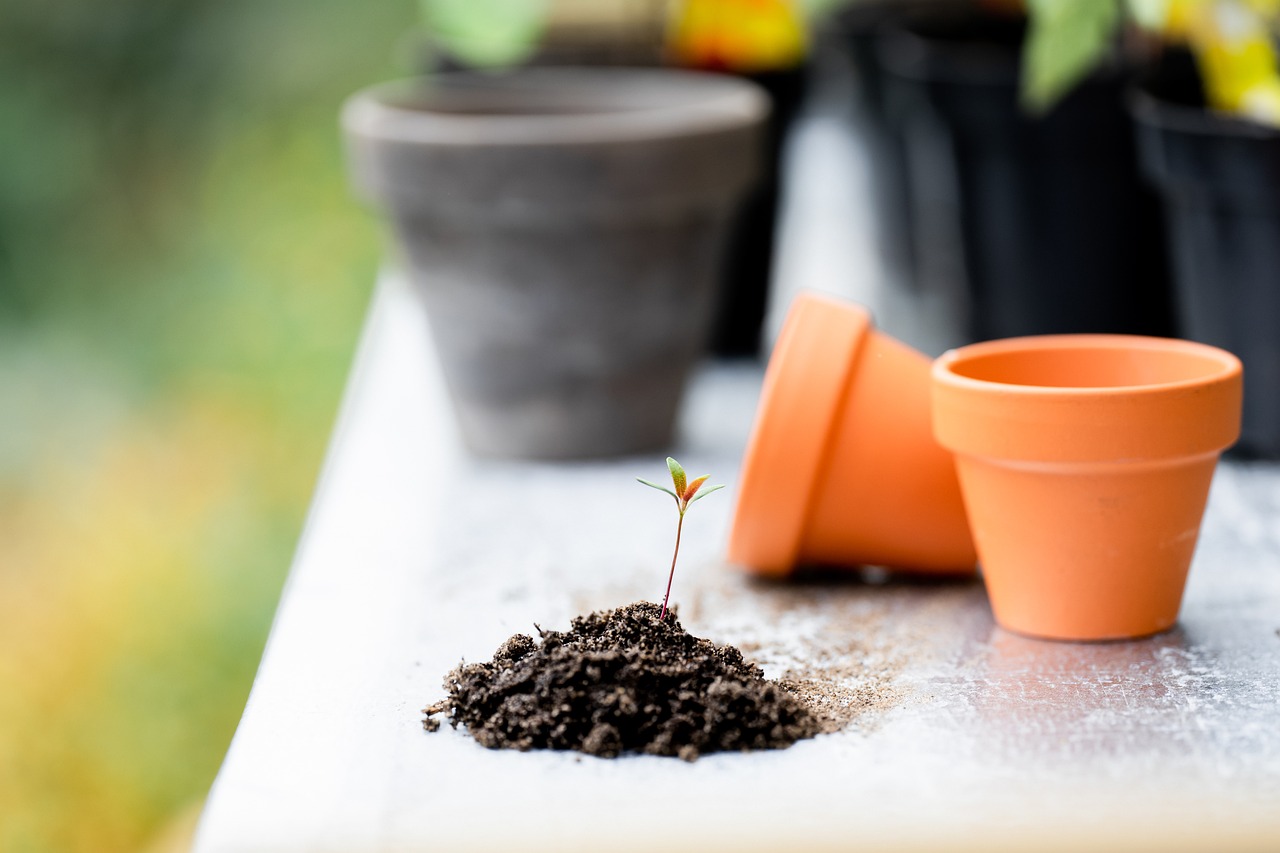
If you’re looking to start your seeds the natural way, you’ve come to the right place. In this article, we will explore eight valuable tips for creating your organic homemade seed-starting soil. By following these tips, you can ensure that your seeds get the best possible start in a sustainable and eco-friendly manner.
Creating Your Organic Homemade Seed Starting Soil
Tip 1: Understanding the Basics
Before diving into the process of making your seed-starting soil, it’s essential to understand the basic components. A good seed starting mix should be light, airy, and well-draining to support seed germination and early seedling growth.
Understanding the basics of seed-starting soil is crucial for creating the perfect environment for your future garden gems. Let’s delve into the key components:
1. Light and Airy:
Unlike regular garden soil, which can be dense and compact, seed-starting mix needs to be lightweight and fluffy. This allows for:
- Easy root penetration: Seedlings, especially at a tender stage, need to push their roots through the soil to establish themselves. A light mix minimizes resistance, encouraging strong root development.
- Proper drainage: Air pockets within the mix prevent waterlogging, ensuring excess moisture drains efficiently. This protects your seeds and seedlings from root rot and other fungal diseases.
2. Well-draining:
As you mentioned, good drainage is paramount. Stagnant water in the mix can suffocate delicate roots and lead to damping-off, a fungal disease that kills young seedlings. Drainage holes in your container are essential, but the soil itself should also allow water to flow through.
3. Nutrient-rich (but not too much):
While seedlings don’t need a lot of nutrients initially, the mix should provide some basic sustenance for healthy growth. However, avoid using soil rich in fertilizers, as it can burn the delicate roots. Aim for a balanced mix with organic matter that slowly releases nutrients as the seedlings develop.
Tip 2: Gather Your Ingredients
To create your organic homemade seed starting soil, you will need a few key ingredients. These may include organic compost, coconut coir, perlite, vermiculite, and organic fertilizer. These components will provide the necessary nutrients and structure for your seeds to thrive.
Tip 3: Mix in the Right Proportions
Once you have gathered your ingredients, it’s time to mix them in the right proportions. A typical recipe for organic homemade seed starting soil may include equal parts of compost, coconut coir, and a half part each of perlite and vermiculite. This blend will ensure a well-balanced and nutrient-rich growing medium for your seeds.
Tip 4: Sterilize the Soil
Before sowing your seeds, it’s crucial to sterilize the seed starting soil to eliminate any harmful pathogens or weed seeds. You can do this by heating the soil in an oven or using a natural method such as solarization. This step will help create a healthy environment for your seeds to sprout and grow.
Tip 5: Provide Adequate Moisture
Once your organic homemade seed starting soil is prepared, it’s important to ensure that it has the right moisture level. The soil should be moist but not waterlogged, as excessive water can lead to seed rot and other issues. Regularly check the moisture level and water the soil gently as needed.
Tip 6: Choose the Right Containers
The choice of containers for your seed starting soil is also crucial. Opt for biodegradable pots or trays made from materials like peat, paper, or coconut coir. These containers will allow for easy transplanting and minimize root disturbance when it’s time to move your seedlings into the garden.
Tip 7: Label and Organize
To keep track of your seeds, it’s a good idea to label your containers with the seed type and sowing date. Additionally, organize your seed trays in a warm and well-lit area, such as a sunny windowsill or under a grow light. This will provide the ideal conditions for seed germination and early growth.
Tip 8: Monitor and Nurture
Once your seeds are sown in the organic homemade seed starting soil, it’s time to monitor their progress and provide the necessary care. Keep an eye on the moisture level, temperature, and light exposure, and be ready to transplant the seedlings into larger containers or the garden when they have developed their true leave.
In conclusion, creating your own organic homemade seed starting soil is a rewarding and sustainable practice for any gardener. By following the eight tips outlined in this article, you can set your seeds on the path to success in a natural and eco-friendly way. The key to a thriving garden begins with a healthy start, and your “Organic Homemade Seed Starting Soil” will play a vital role in this journey.
